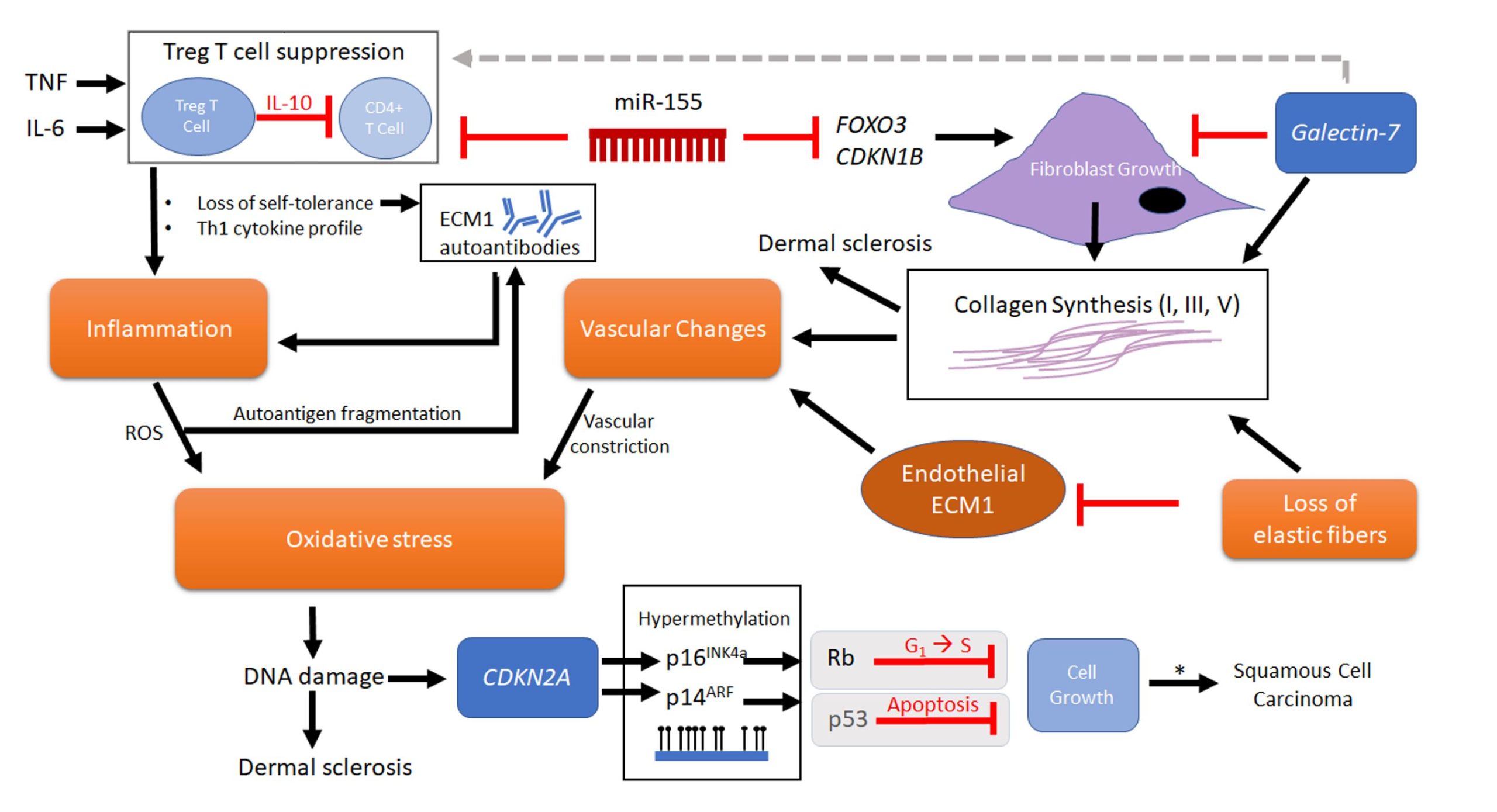Lichen Sclerosus (LS) is a chronic, inflammatory, cutaneous disorder, resulting in skin scarring, sexual pain, and even squamous cell carcinoma (SCC). While LS lesions may develop over any cutaneous tissue at any age in both sexes, there is a predilection for anogenital skin in 85%-98% of cases, with a higher incidence of onset among pre-menarche and post-menopausal females.
Although LS is seen as a rare condition, it is among one of the most common referrals for vulvar pruritus and is the most common form of structural change to the vulvar region.
LS diagnosis on average takes 6 months. This is due to physician under-recognition and misdiagnosis, LS management under different specialties, and asymptomatic cases.
Developing lesions lead to vulvar pain and sexual dysfunction, with a significant loss of structural anatomical architecture, sclerosis, and increased risk of malignancy
Despite the strong association with autoimmune disease, the etiology of LS remains a large mystery.
Although there is no cure for LS, there are a number of treatment options that have been explored to achieve remission and prevent progression of disease.

Here you can read more about Lichen Sclerosus and its current perspectives
Copyright © 2023 LS BioScience